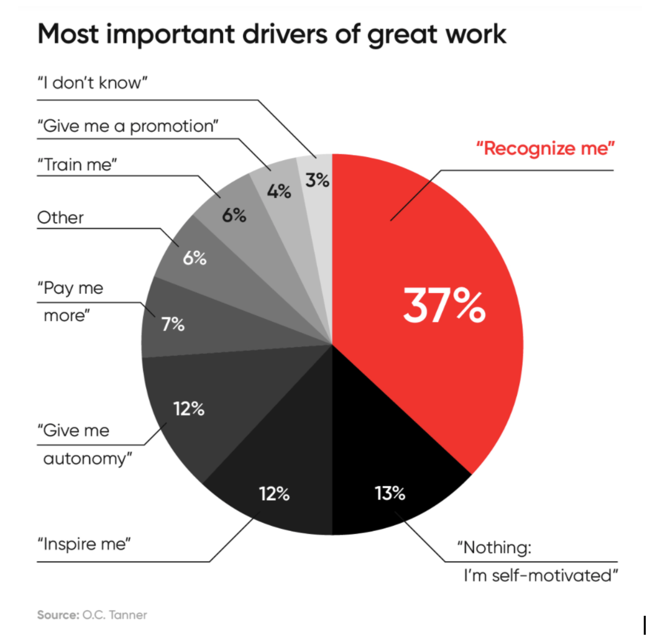Think QR codes for personalized coupons and 3D augmented reality experiences within catalogs pages.
Merging digital and physical advertising is going to be the new direction for growth in direct marketing. Mailers receive lower rates for sending direct mail that includes 2D barcodes with a call-to-action.
The U.S. Postal Service (USPS) has been offering new programs to compete with cheaper digital channels and to reach consumers in an increasingly digital world and providing incentives to direct mailers to do business with them.
“Right now is a pivotal point for direct mail; it can do things it never did before. It can elicit an impulse buy,” says Gary Reblin, VP of new products and innovation at the USPS. “Direct mail was never viewed as [an] impulse tool at any point in history, but now it can [be one]. We’re trying to evolve the mail to have its place in a more digital and mobile society.”
Marketers must think differently to stay relevant and engage today’s oft-distracted, multichannel customers. Personalized mailings using database technology makes it more expedient to execute mailings, as flexible and easy as email, so marketers can make changes to campaigns in progress based on the results of conversion data and personalized target markets.
“Marketers today are gathering as much data as possible on customers, taking that information to [compose] relevant communications, and using direct mail as the vehicle,” says Don Jarred, VP of production services at marketing services provider Epsilon.”
Here are 10 tips for clever direct marketing:
1. Deliver your message into the right hands
Consumers expect messaging to be relevant across channels, including direct mail. Marketers often have scores of data about customers and prospects and should use this information to avoid batch-and-blast messages.
“Direct mail is a great way for us to target consumers,” says Laks Vasudevan, director of acquisition at Discover Credit Card. “It’s our most targeted platform, and we use it as an opportunity to understand the consumer more.”
2. Make it personal
Combine transactional and profile data to make sure customers get a message that is right for them. Marketers also use predictive analytics to craft and send communications that they anticipate will do well with a particular individual.
“Analytics tools are essential to creating smart databases that can self-mine and identify”¦the responses [marketers] are looking for,” says Grant Miller, global VP of operations and product management at Pitney Bowes.
The USPS’s Reblin emphasizes that personalization is vital to the effectiveness of direct mail. “Direct mail still gives the consumer the idea to check out a product, unlike when they do a Google search and have to come up with the idea themselves,” he says. “But it has to be targeted to get the customer’s attention.”
3. Remember those special days
Triggers like birthdays are especially effective for connecting with customers on a personal level.
“Birthdays are very personal to all of us, and we like to have the personal touch by sending something in the mail,” says Kelly Cook, SVP of marketing at DSW. “A customer may love getting an email from us for fashion tips or to let them know about a triple points offer, but their birthday is different.”
4. Integrate direct mail with other marketing channels
Use direct mail as part of an overall messaging program that includes TV, radio, billboards, contact centers, and online. Consumers are introduced to messaging through TV ads and billboards, but direct mail serves as the catalyst to drive sign-ups either via your call center or an online application.
“Direct mail is a critical part of a communication plan,” Vasudevan says. “But we believe that it’s important that we use multiple channels to close the loop.”
5. Plan holistically
When using direct mail as part of an overall multichannel effort, it’s essential to consider how each channel will impact the others. For example, adding QR codes to a direct mail piece is a great way to catch a customer’s eye, but if it leads to a website that’s not optimized for mobile, then it could turn customers off instead of spark a sale. Or, when using direct mail to encourage customers to go online and register for an event, the PURL (personalized URL) should lead directly to the sign-up page, not the brand’s homepage.
“Direct mail is no longer just a mail piece,” the USPS’s Reblin says. “If you want it to be more effective by integrating it with other channels, then you need to think about the whole experience.”
6. Use 2D codes wisely
Adding a 2D barcode such as a QR code can bring a static piece of marketing to life. During the 2012 political campaign season, politicians used direct mail pieces with QR codes to deepen the conversation with citizens. After scanning the codes, the recipient could watch a video of the candidate speaking on a specific issue, for instance.
“Mail is a great jumping-off point,” USPS’s Reblin says. “It can encourage people to go deeper to find out more.”
7. Push the envelope
Mailers are rethinking how to use the envelope as a marketing tool. Discover, for example, uses images of its cards on its direct mail envelopes. Its mailings go out when the brand is already running ads on TV, radio, and billboards, so the customer may be more likely to open it to see what offer Discover has tailored for them.
“Marketers should experiment with the envelope to get a customer to open it and not dispose of the mailing,” says Pitney Bowes’ Miller.
Using full color on envelopes has gotten easier to print thanks to new wrapping technologies, which build envelopes quickly and efficiently out of one roll of paper around the mailers” without driving up costs.
8. Think customer-first
As with all marketing, direct mail should be inspired by the customer. “Gone are the days of blanketing the universe with one offer,” Epsilon’s Jarred says. “We’ve become much more analytical and send creative that is backed by a real understanding of the customer.”
Demonstrating that understanding means that marketers must get back to basics: make sure their lists are current, their mailings are targeted, and their promotional offers are meaningful so their message will resonate with the recipient.
9. Increase production with new technologies
New innovations in ink jet technology make it easier and more cost effective for marketers to produce high-quality mailings and get them out quickly. With these innovations in direct mail production, the channel has more in common with email than it has in the past. Although, in general, direct mailers still plan ahead for campaigns, it’s easier than ever to test campaigns in progress and change them during the execution based on how recipients are responding.
Improvements in database integration can also help speed the mailing cycle without risking the personalized experience. “In the past you would print out a whole bunch of pieces and have them in warehouse ready to distribute, and then add envelopes,” says Pitney Bowes’ Miller. “New analytics tools allow you to sub-segment and fine tune your market, coming out of the blocks without requiring a lot of extra effort to identify your target market when you get into physical production,” he adds.
10. Marry mail and mobility
Consumers are used to getting direct mail pieces with coupons or toll-free numbers on them. Mobile offers ways to simplify both. Inspired by Google Wallet, this month the USPS is launching a new promotion to encourage mailers to send direct mail pieces with coupons that can be uploaded to a mobile phone.
The USPS is also encouraging marketers to add QR codes that feature click-to-call triggers. Recipients can scan the QR code and the phone number will automatically pop up on their phone. All they have to do is click to reach the company’s contact center. “This is a great way to solicit an inbound telemarketing response,” says Epsilon’s Jarred. “By allowing consumers to capture information more quickly, direct mail is staying nimble.”
Check out the details on these 10 tips in a recent article in Direct Marketing News by Dianna Dilworth




 The Postal Service filed its final rule on the discontinuance of the POSTNET barcode to go into effect on January 28, 2013. …
The Postal Service filed its final rule on the discontinuance of the POSTNET barcode to go into effect on January 28, 2013. …